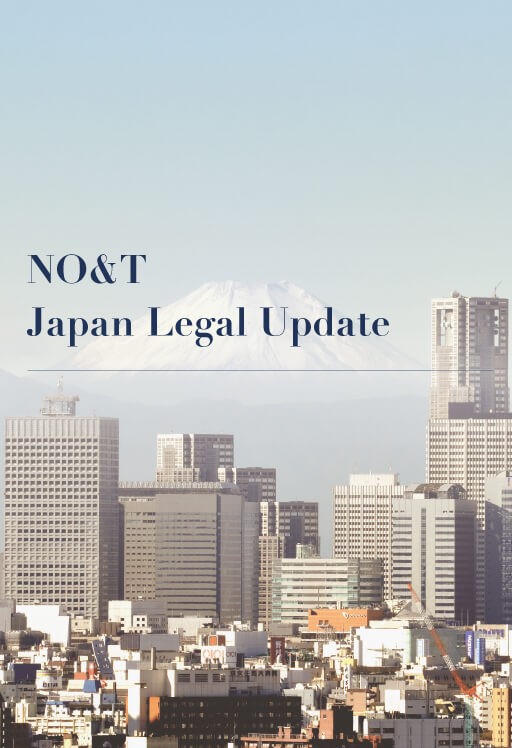
NO&T Japan Legal Update
I. Introduction
In December 2020 and January 2021, Japan experienced extreme supply and demand pressures in its electricity market. In order to deal with the situation, Organization for Cross‐regional Coordination of Transmission Operators, Japan or OCCTO (a public organization established under the Electricity Business Act) instructed a number of electricity companies to operate their power plants at their maximum level and interchange electricity to the areas experiencing supply pressure. Major gas and oil companies also cooperated with the electricity companies by providing fuel needed to operate thermal power plants. The government additionally requested consumers to be more efficient in their electricity consumption.
This situation also caused a historic price spike in the electricity wholesale market. A new record high of JPY 251.0/kWh was set on January 15, 2021 in the spot market of the Japan Electric Power Exchange (“JEPX”). As a comparison, the average prices of JEPX spot markets from 2016 to 2019 were between JPY 8/kWh to JPY 10/kWh. This price spike further triggered a high imbalance fee, which is imposed on electricity retailers when they do not procure sufficient electricity to supply their consumers. The high imbalance fee in turn caused a financial crisis for a number of electricity retailers. While the government provided some financial support, such as requesting electricity utilities to allow the imbalance fee to be paid in installments, some electricity retailers have now been forced to commence bankruptcy procedures.
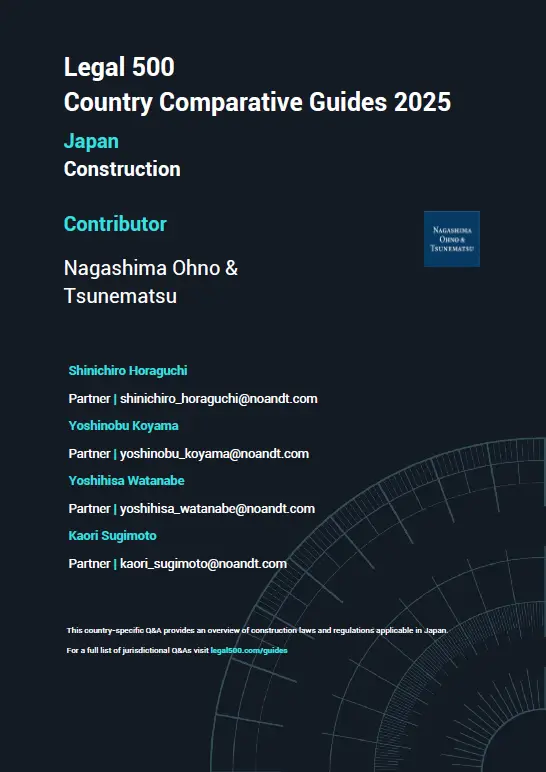

(April 2025)
Shinichiro Horaguchi, Yoshinobu Koyama, Yoshihisa Watanabe, Kaori Sugimoto (Co-author)
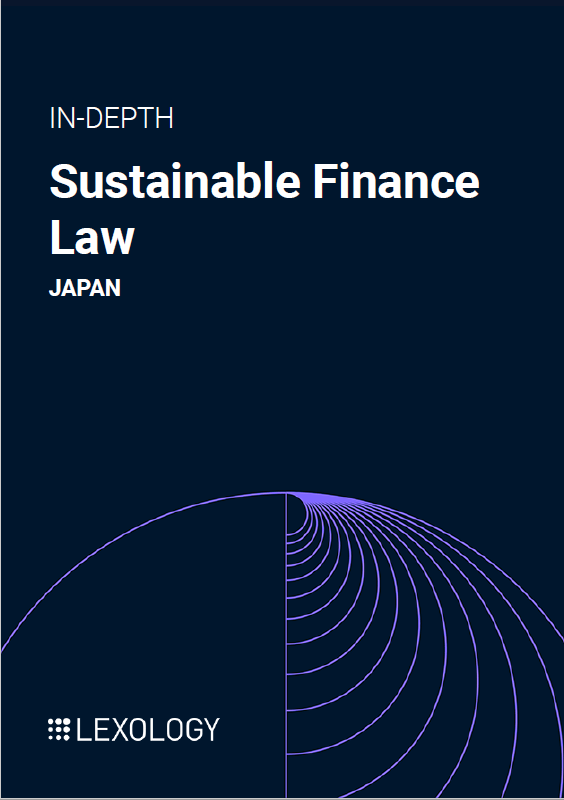

(December 2024)
Hiromi Hattori, Yuichi Miyashita (Co-author)


Yuan Yao Lee


Hoai Tran


Yuan Yao Lee


Hoai Tran
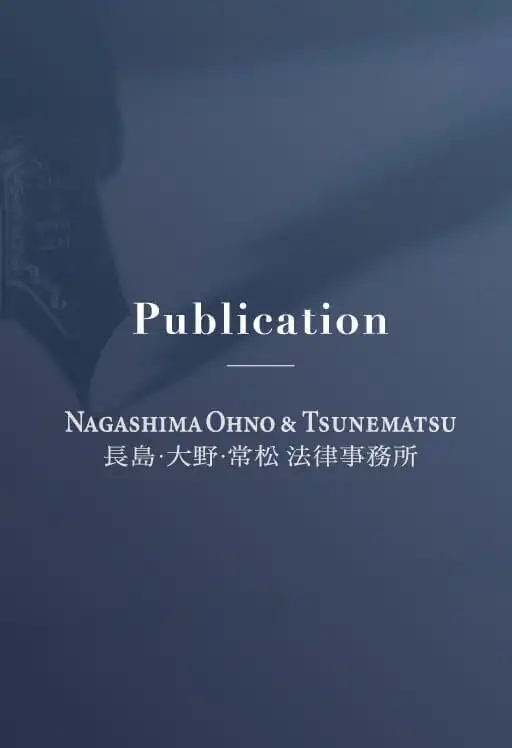

(November 2024)
Rintaro Hirano, Koichiro Yoshimura, Yoshimune Muraji (Co-author)
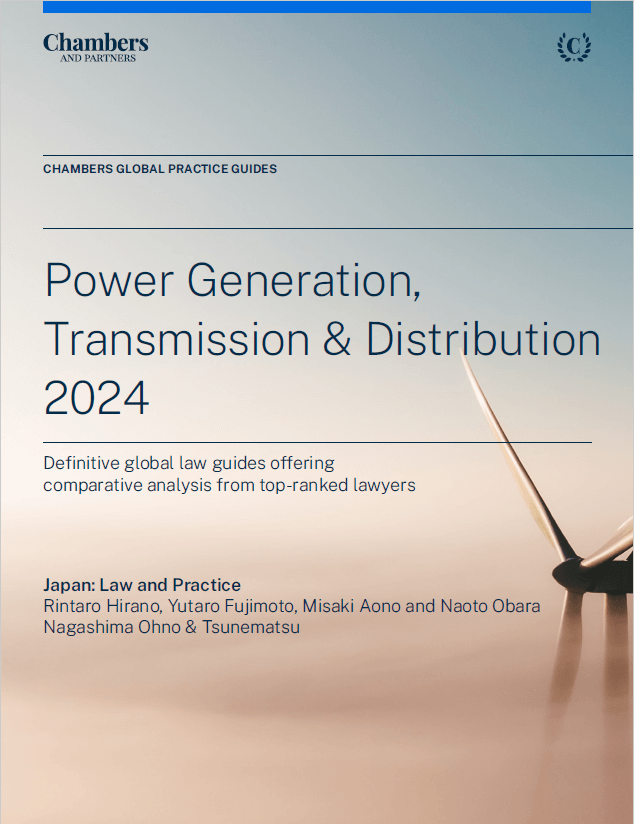

(August 2024)
Rintaro Hirano, Yutaro Fujimoto, Misaki Aono, Naoto Obara (Co-author)


(November 2024)
Rintaro Hirano, Koichiro Yoshimura, Yoshimune Muraji (Co-author)


Dzung Pay


(August 2024)
Rintaro Hirano, Yutaro Fujimoto, Misaki Aono, Naoto Obara (Co-author)


(November 2023)
Rintaro Hirano, Koichiro Yoshimura, Yoshimune Muraji (Co-author)


Yuan Yao Lee


(November 2024)
Rintaro Hirano, Koichiro Yoshimura, Yoshimune Muraji (Co-author)


(August 2024)
Rintaro Hirano, Yutaro Fujimoto, Misaki Aono, Naoto Obara (Co-author)


Jiro Mikami, Eiji Miyagi, Yoshihisa Watanabe, Saori Kawai (Co-author)